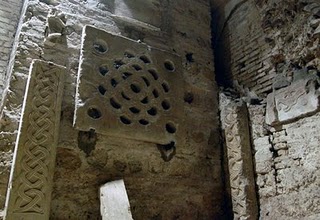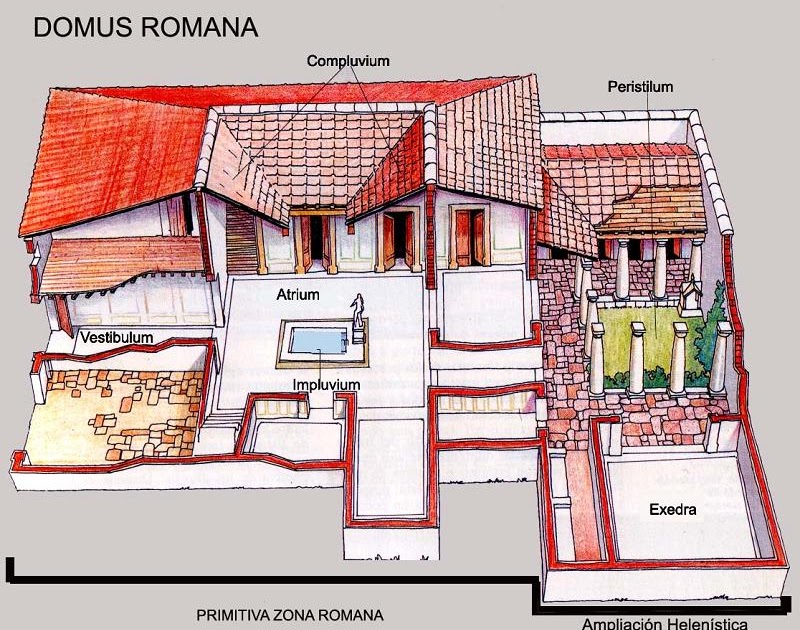

Of note from this discovery is evidence of Roman toleration of the presence of a Christian community within a Roman community during the times noted for Roman intolerance and persecution.

A date cut into the plaster in the room shows a date which is the equivalent of the year 231. The discovery in 1920 of the ruins of the Roman frontier garrison town of Dura-Europos brought to light a Christian house church of the early third century within the town. Evidence of these house churches have been found throughout the Mediterranean area: in Greece and Rome, on the island of Delos, and in Dion in southern Macedonia, for example. Archaeological explorations during the past hundred years have provided proof of the accuracy of her observations, revealing the progression of changes to Peter's home, from a house then to a house church, until a basilica was built over the home in the fifth century.Īs the use of Peter's house expanded from a meeting room to a more formal house church, archaeological exploration has revealed many examples of the progression of simple "churches" to dedicated house churches during the second and third centuries. In the fourth century, the pilgrim Egeria described her visit to Peter's house, noting that the house of the "prince of the apostles" has been turned into a church. Peter and Andrew, where Christ taught the apostles privately. The Gospel of Mark tells of visits to the home of Ss. Paul the Apostle's greeting in Romans 16:3-5 to Prisca and Aquila, in which he also "greet the church that is in their house" (KJV). The first mention of a house church is St. Archaeological research in the twentieth century has added much information about these early pre-Constantine Christian churches. Domus ecclesia is a term that has been applied to the earliest Christian places of worship, churches that existed in private homes.


 0 kommentar(er)
0 kommentar(er)
